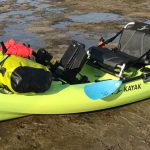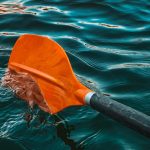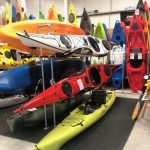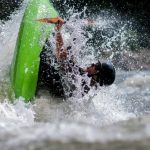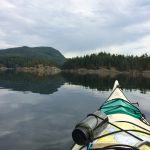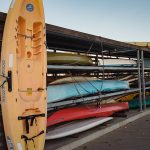In this post we have collected a whole load of tips and tricks to help you plan a multi-day kayak or canoe trip and enjoy it in full.
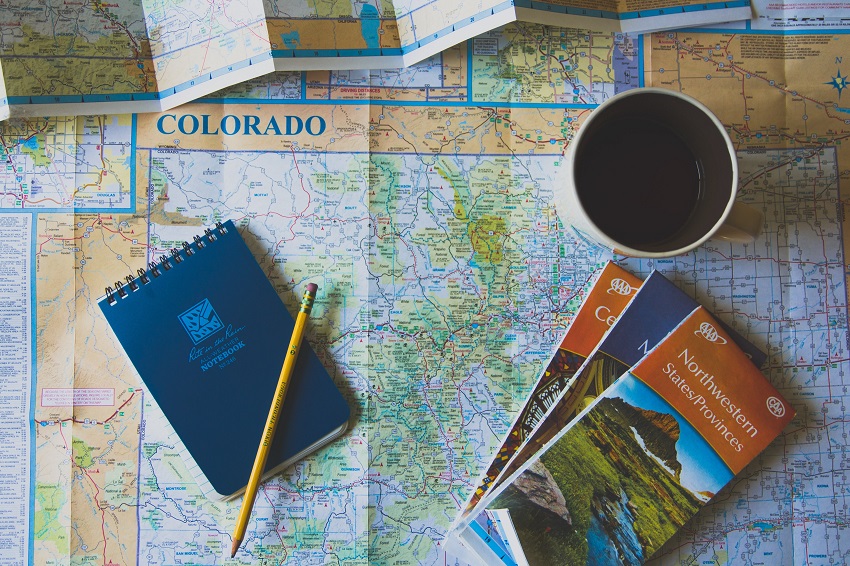
It would be great if kayaking trips always went to plan. But the reality is that sometimes the conditions conspire against us and we end up in a tricky or dangerous situation and sometimes the only way out of this is to get help. But help isn’t always close at hand, and cell phone signal isn’t always easy to come by on the water.
What you need is a float plan. At least, some form of float plan. Not sure what a float plan is or whether you need one? Read on and discover how these seemingly archaic systems are still saving lives in a world of GPS trackers and cell phones.
What Is a Float Plan?
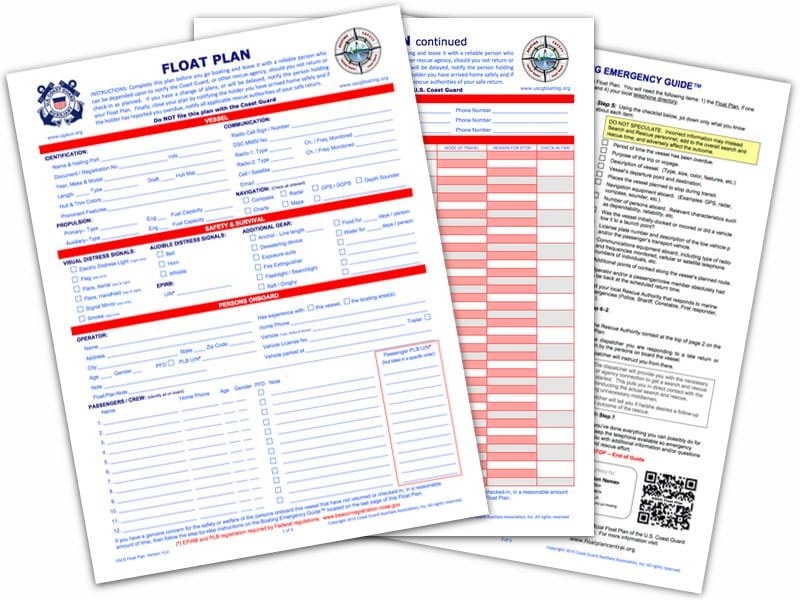
This might sound old fashioned, but a float plan is usually written out on a piece of paper. That said, nowadays you might be as well writing it online and emailing it out, so long as you know it won’t get lost in someone’s inbox. A float plan is a safety backup. It sits in the same category as items like first aid kits, flares, and VHF radios. You set these things up in the hope you’ll never need them, but they’re there just in case.
In brief, a float plan is a written document that details the members of your kayaking team, their equipment, and your intended journey. This includes time off the water. In the event that you don’t check in with a contact, this document can be handed – or sent – to the authorities and form the basis of any rescue operation they send out.
What’s Included in a Float Plan?
There are countless float plan templates available online, like this one from the National Park Service. Your best bet is probably to find a template that works for you, or create your own, then use it each time to ensure you get all the relevant information detailed.
Your float plan should always include the following information:
- Name, address, and cell phone number of the group leader. Your chosen leader can be nominal but is usually the name of the person filling in the plan. If you’re filling in multiple plans, each may have a different leader, or you may choose to designate one leader.
- Departure date, time, and location.
- Return date, time, and location.
- Your planned route, including camp sites if they’re known or relevant.
- Names and cell numbers of each team member.
- Descriptions of all kayaks or canoes in your team. Include brand, model, style, and color.
- Vehicle details and intended parking location.
Who Should Fill Out a Float Plan?
If you’re heading out kayaking as part of an organized group with a designated leader, then they should be responsible for filling out a float plan. If you’re heading out as part of a team without a designated leader, make sure someone is given the task of filling out and filing a float plan properly.
There is nothing wrong with having multiple float plans. It increase the likelihood that someone will act on your lack of return – or check in – and there is a greater chance of rescue. But remember, however many float plans you have, you also have that many check-ins. Every person who is given a float plan needs to be informed of your safe return, or there may be an unnecessary search sent out.
Realistically, a couple of copies of float plans left with reliable people are usually more than enough.
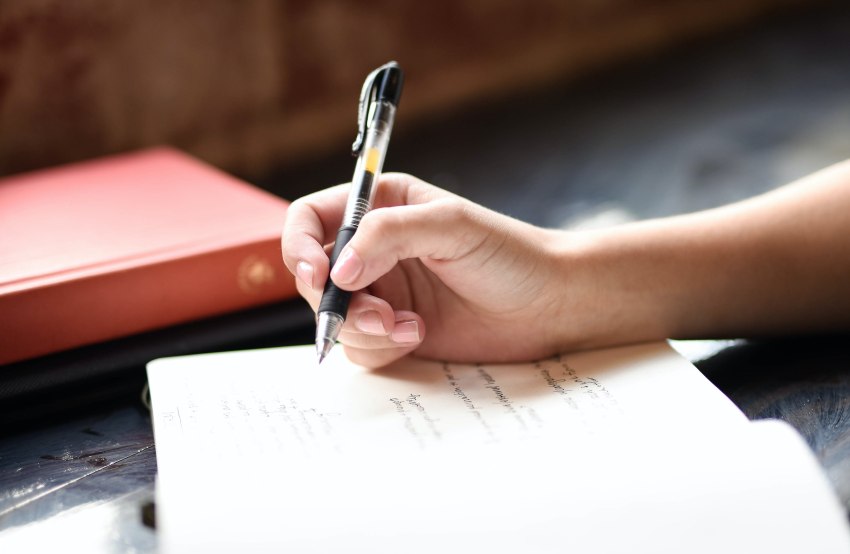
Who Should You Give a Float Plan To?
It sounds like a tempting idea to give your float plan directly to the U.S. Coastguard. After all, chances are that they’ll be the ones performing the rescue if you don’t return, right? Their website requests that you don’t though. If every float plan was sent to the U.S. Coastguard they would be inundated with float plans and phone calls and would have to have a special department just to field these calls and cross reference the right float plan with the right phone call.
Sounds confusing, right?
Your float plan should instead be left with a reliable home contact who will be available to take your call when you get off the water, but also responsible enough to action a rescue if necessary. At some locations, you may also choose to leave your float plan with the harbor master – ask them before you launch whether they would like a copy – as well as face down on the dashboard of your vehicle. The National Park Service also tend to ask for a copy if you’re paddling within their boundaries.
Off the Water Check In Procedure
You’ve enjoyed a safe trip. High-fives and beers all round, right?
Just before you get too carried away, give you home contact a check-in phone call – or text message if cell signal isn’t great.
Your home contact should have your float plan with the expected return time, but also have two more times in their mind. These are generally as follows.
- Return time +1 hour. This is your contact time. One hour after your expected return time, your home contact should try to get in touch with you. If they cannot manage this, they should contact the U.S. Coast Guard – or other relevant search authorities – and make clear that they have an overdue group of kayakers. This won’t mobilise a search, but will alert the coast guard of your non-return.
- Return time +2 hours. Your home contact will likely have tried to get in touch with you continually until this point, but at two hours past your chosen return point, they should once again contact the U.S. Coast Guard and plans should be made for a search and rescue operation. This is when the float plan can be handed over, or read to the Coast Guard.
Do Kayakers Need a Float Plan?
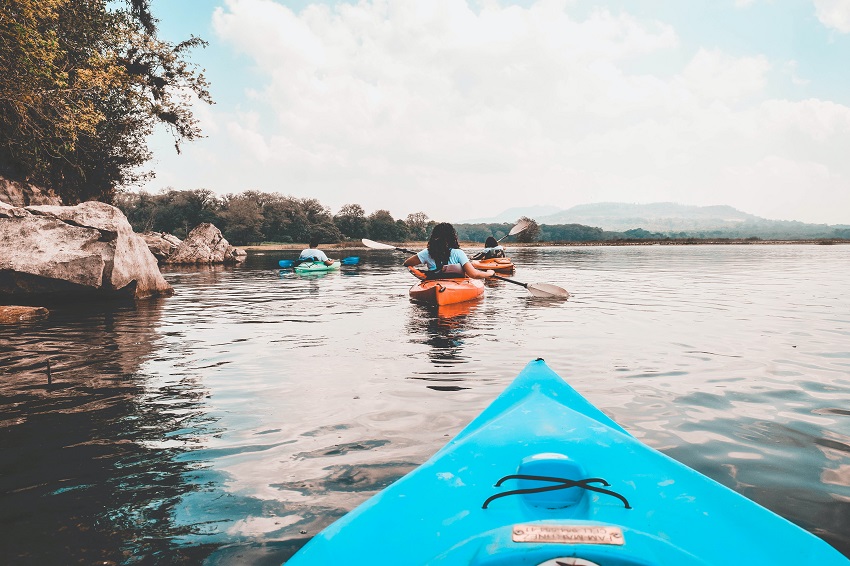
The important question is, do you need a float plan every time you go kayaking? After all, it seems a lot of hassle and paperwork for an afternoon float on the lake, right?
Regardless of where you’re going and how within your capabilities it may be, it’s always a good idea to have a float plan of sorts. For shorter trips, this may be something informal like contacting your friends or family and telling them that you’re shooting up to the lake.
As a group of active kayakers, myself and my friends have a group messaging system set up specifically for this. We send messages telling one another where we’re going and then we check in when we get off the water. An important thing to remember here is that a group chat set up for this specific function shouldn’t get bogged down with general conversation, because important information can get lost easily.
If you’re heading out on a longer trip, especially if you’re going offshore or a reasonable distance from your vehicle, then a detailed float plan is essential. They’re also essential on camping trips where you may be away for twenty-four hours or more.
What Else Should You Do?
There are a few things to remember in addition to your float plan that can help to keep you safe on the water:
- Check forecasts – including tide times – up to the start of your trip and each day if you’re camping.
- Sticker up your kayak. The U.S. Coast Guard give out free ‘If Found’ stickers that can help to get your kayak home safely, but also save the Coast Guard millions of dollars. Fill these in to avoid an unwanted manhunt if your kayak is found. Find out more here.
- Take relevant safety equipment, including VHF radio, flares, cell phones, maps, compass, and specific safety gear like throw lines and spare paddles.
- Get in touch with your home contact as soon as you’re off the water. If you’re going to be late, try to let them know when possible and when it’s safe to do so.


